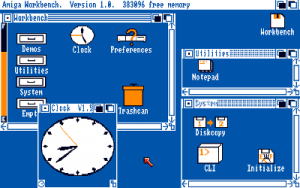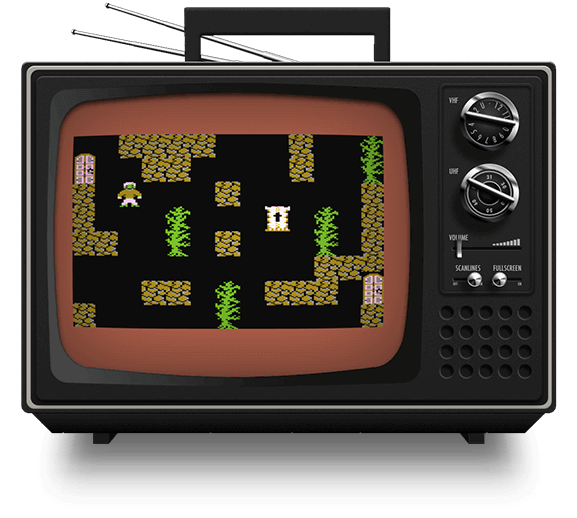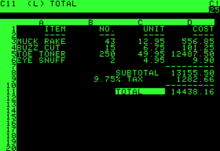Es folgt eine bunte Sammlung über Commodore-, C64, Amiga, und die Leute und deren Geschichten dazu.
Bil Herd erzählt über Commodore, oder wie er es nennt „a tragedy in three acts“: Tales From Inside Commodore
Einer der Hauptentwickler des C128, Amiga 4000 und Amiga 1200 Dave Haynie hat einen Dokumentarfilm über die letzten Tage- , bevor bei Commodore die Lichter ausgingen- gemacht: The Deathbed Vigil Das ganze Video hat Dave? 2015 auf Youtube gestellt.
RJ Mical was the central developer of Amiga’s Intuition user interface and was well known at early Amiga gatherings.

RJ’s private Seite ist sehr interessant… und seeeehr „old school“: Flammen, blinkende Schriften – alles was damals in war als animated GIFs aufkamen ;-) : http://www.mical.org/
One of the main designers and developers of the custom chips of the Amiga computer: Dave Needle
The „father“ of the Amiga: Jay Miner
Cofounder of Amiga: Dave Shannon Morse
Wer jetzt Lust bekommen hat ein paar Klassiker wiederzusehen: https://archive.org/details/internetarcade

Hier eine sehenswerte Doku über Commodore: The Commodore Story „The Commodore Story of the PET Vic20 C64 and Amiga from engineers, games developers and how Commodore influenced the first 8-bit generation users“. Leider ist der Film derzeit (07/2018) noch nicht mit einem deutschen Amazon-Konto zu sehen aber eine Trailer gibt es für uns hier.
Das ZDF hat auch eine sehenswerte Doku über den Amiga in der Mediathek: Die Amiga Story
https://www.pagetable.com/?p=54







